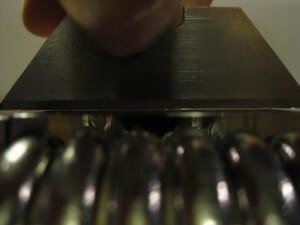- Joined
- Nov 1, 1998
Thermalright Venomous X
by Matt T. Green (MattNo5ss)
... Return to the article to continue reading.
Discuss this article below. If you are interested in contributing to the front page (www.overclockers.com), please feel free to contact splat, mdcomp, or hokiealumnus. For the latest updates, follow Overclockers.com on Twitter (@Overclockerscom).
by Matt T. Green (MattNo5ss)
After using a performance/dollar CPU cooler for around a year, I decided it was time to dip into the “high-end” air cooling solutions. The Venomous X recently entered the game, and I found a good deal on it (free shipping reeled me in), so I pulled the trigger. I’ve done some detailed testing to see if my buy was worth the money, and today, I present a summary of my testing and results for your viewing pleasure. Enjoy!
... Return to the article to continue reading.
Discuss this article below. If you are interested in contributing to the front page (www.overclockers.com), please feel free to contact splat, mdcomp, or hokiealumnus. For the latest updates, follow Overclockers.com on Twitter (@Overclockerscom).
Last edited by a moderator:


 to OCForums!
to OCForums!